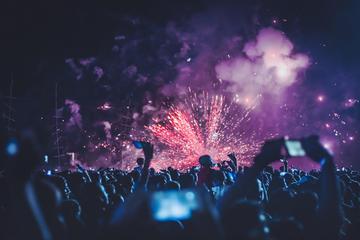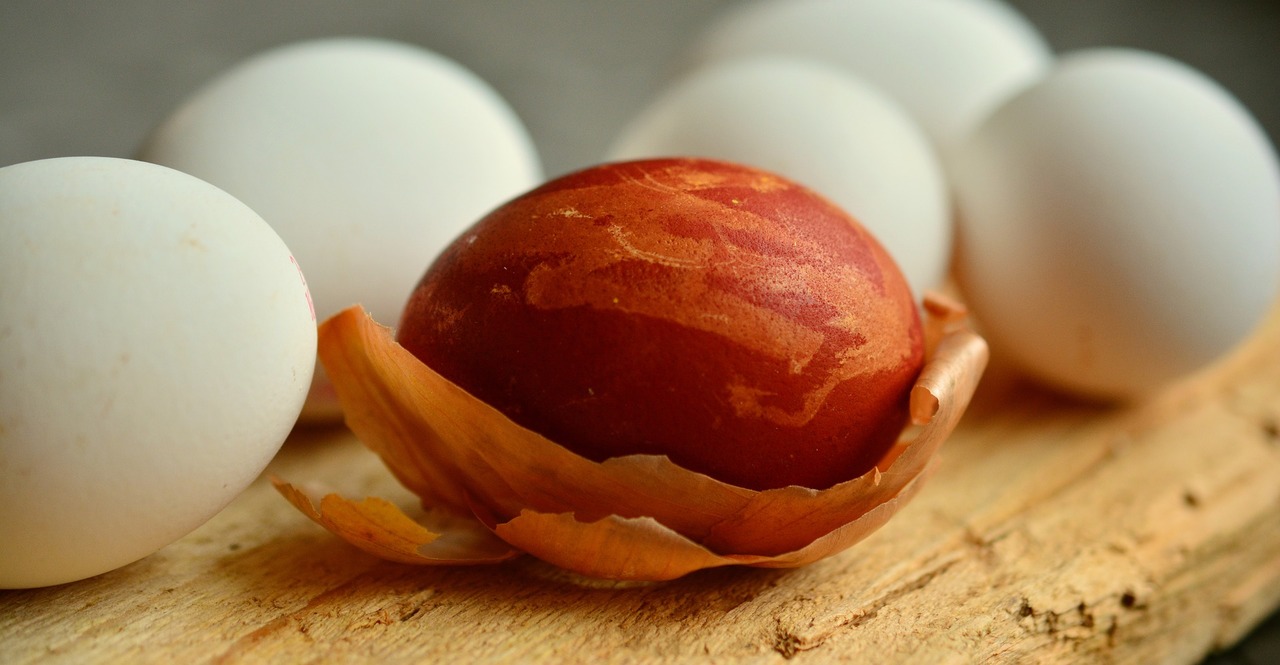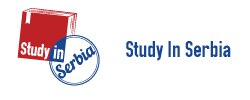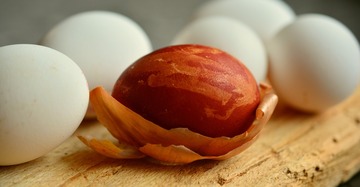
Blog
Learn about Serbian culture: Part II
LEARN ABOUT SERBIAN CULTURE: PART II
We are continuing our series of blog spots about Serbian culture: its traditions, beliefs, customs, values, and practices that Serbian people share and cherish. In today’s post, we will introduce you to three more nuances of Serbian culture. Keep reading if you want to find out how Serbians celebrate Easter, the name of traditional dance in Serbia, and why we are looking forward to the first of May. Stay tuned for more blog posts on this topic in the following months. And do not miss checking the Study in Serbia website for future updates on studying and living in Serbia.
Easter in Serbia

As we pointed out in our previous blog post, most Serbians are Orthodox Christians who celebrate Christmas and Easter. In Serbia, Easter means lots of traditions: colouring and tapping eggs, spending time with loved ones, and lots of eating after a very long fast. The fast leading up to Easter commences seven weeks before Easter Day. It is the longest and strictest fast in the whole year. People who fast abstain from eating meat, eggs, and dairy products. Fish and dishes made with oil are only occasionally allowed.
Easter is a holiday of hope and happiness. It is believed that Jesus Christ resurrected on that day, three days after his crucifixion on Good Friday. It is all about celebrating with family and friends. Eggs are usually colored on Good Friday, sometimes on Holy Saturday. The very first colored egg is the most important one and, it is traditionally dyed in red. Serbians believe that the first dyed egg protects their homes, and they keep it in the house until the next year’s Easter. The egg is called Čuvarkuća, which translates to someone who keeps home safe. On Easter day, people in Serbia usually greet each other with “Christ is risen” and respond with “He is indeed risen”. Another unavoidable activity on Easter is egg tapping. Everyone picks an egg from the basket and compares its strength by smashing one egg against the other. Whoever has the egg with harder shell wins!
May 1st (and 2nd) is a national holiday
International Workers’ Day is a public holiday in many countries across the world, including Serbia. The holiday celebrates labourers, the working class and its historical achievements. In Serbia, May 1st and 2nd are days off work and school. Since the weather in Serbia in May is nice and warm, most people go to parks or even go camping the day before somewhere in nature, preparing lots of barbecues and celebrating with family and friends. The festivity can sometimes last three days, especially if the holiday falls on Friday or Monday.
Kolo – traditional folk dance in Serbia
Common to many nations in the Balkans and southeast Europe, kolo is a traditional, collective folk dance performed at fairs, festivals, and public and family gatherings in Serbia. Dancers move in a circle, holding hands, in the rhythm of fast-paced music. The basic steps of kolo are easy to learn, although there is a variety of different dance styles. The most popular kolos in Serbia are Užičko and Moravac. At social ceremonies, kolo dancers sometimes wear traditional dance costumes called nošnja and, typically each part of the country has its style of dance costumes. It is not unusual to see people on the main streets dancing kolo, for example in Knez Mihajlova, the main pedestrian area in the Serbian capital Belgrade.
We hope that the second part of the series was informative and that you are eagerly waiting for the next post about rich Serbian culture. In the meantime, make sure to check out our previous blog posts and contact Study in Serbia via email, Facebook, and Instagram if you have questions regarding studying in Serbia. We are happy to help!




